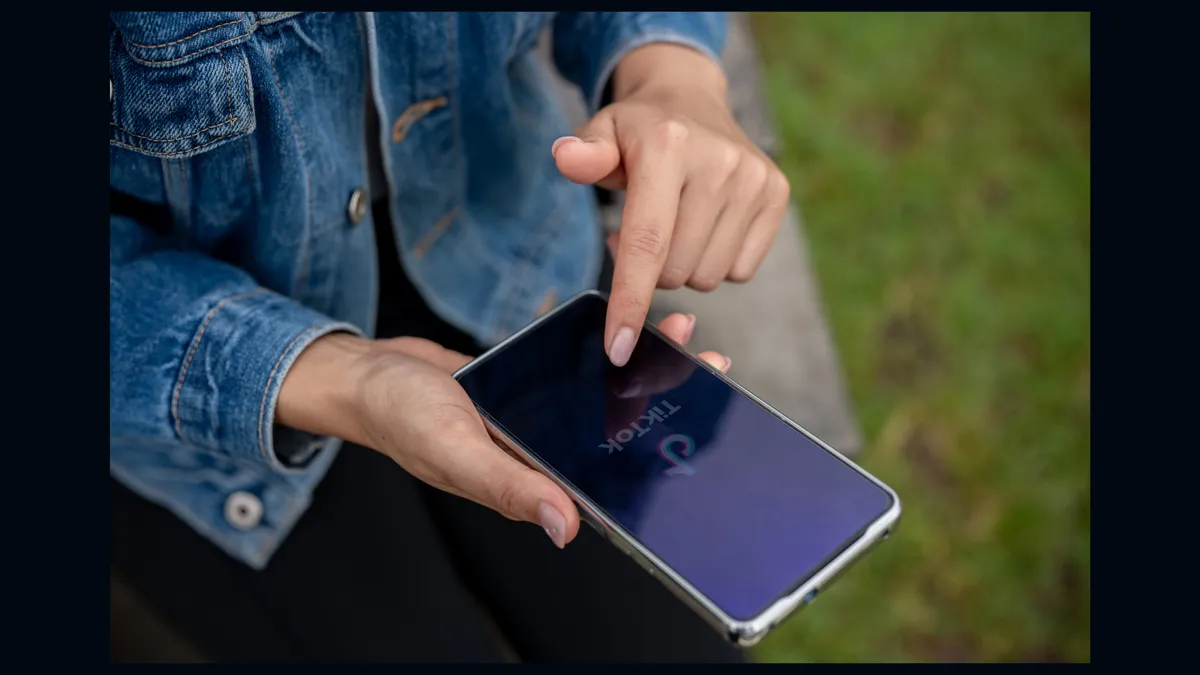TikTok has become a go-to source for health advice, especially among younger users. But beneath the surface of viral trends and quick fixes lies a troubling reality: a large share of so-called helpful tips are misleading or even dangerous.
Why This Matters
A University of Chicago study found that nearly half of health-related TikToks contain misinformation, with non-expert creators often driving the conversation. Another analysis revealed that about 45 percent of medical advice videos are false or misleading, particularly those promoting alternative medicine or women’s health tips. Mental-health videos appear to be slightly more reliable but still suffer from frequent inaccuracies.
Common Dangerous Trends
One major issue is the resurgence of toxic diet culture under the now-banned “SkinnyTok” tag. This trend promoted extreme calorie deficits and unrealistic body standards. Although TikTok banned the hashtag, similar content continues to circulate through workarounds and alternative terms. Health experts warn that this content contributes to eating disorders, anxiety, and physical health complications.
Another popular but concerning trend involves so-called weight-loss hacks. Some users promote apple cider vinegar, berberine, or water fasting as natural replacements for Ozempic. While these ideas gain traction, they offer no clinical proof and can delay legitimate treatment.
Skincare content also plays a part. Teen influencers often promote elaborate and expensive skincare routines without emphasizing the basics, such as sun protection. Dermatologists warn these routines may irritate the skin and provide little to no benefit.
Mental health content, while often well-intentioned, can also be misleading. A Guardian investigation found that more than half of the top 100 mental health videos on TikTok included inaccurate or exaggerated claims. These videos often misuse therapy terminology and suggest treatments that lack scientific support.
Real-World Consequences
TikTok misinformation doesn’t just live online. It influences real-world behavior. The viral popularity of Ozempic and its alternatives led to global shortages, leaving diabetic patients struggling to access their medication. Dangerous trends like applying menthol balm to eyelids, known as “beezin,” or attempting DIY hair removal methods resulted in injuries. Many young users have also begun to self-diagnose ADHD, anxiety, or depression based solely on what they see in 15-second clips. These self-diagnoses can delay proper evaluation and treatment by licensed professionals.
Why Misinformation Thrives
TikTok’s algorithm rewards content that is engaging and emotionally resonant. Unfortunately, this means that false information often spreads faster than the truth. Sensational health claims get more likes, shares, and views than cautious, evidence-based advice. Non-experts, with no medical background, often reach wider audiences than licensed professionals.
Young people are particularly at risk. A recent KFF poll found that more than half of Americans aged 18 to 29 trust TikTok health content at least somewhat. Over a quarter of them have even followed up with a doctor because of something they saw on the platform. That level of trust becomes dangerous when the information is incorrect or misleading.
Fighting Back
TikTok has made some efforts to address the problem. The platform has removed harmful hashtags, banned some creators, and partnered with health organizations. When users search for sensitive topics, TikTok sometimes redirects them to trusted medical sources.
On the creator side, a movement has emerged where licensed healthcare professionals use stitches or duets to respond directly to misinformation. This approach provides real-time correction and helps spread evidence-based content in a familiar, engaging format.
What You Can Do
Be skeptical of health advice that promises fast results or uses emotional storytelling instead of science. Check whether the person giving the advice is a licensed professional and look for supporting evidence. Verify claims through reliable sources such as the CDC, Mayo Clinic, or peer-reviewed medical journals. If something sounds questionable, report it or leave a comment to help others question it too.
Bottom Line
TikTok has the potential to be a useful platform for health information, but it currently poses serious risks. Misinformation related to dieting, skincare, mental health, and general wellness continues to spread widely. Young users, in particular, are vulnerable to taking harmful advice at face value.
The solution requires more than algorithm tweaks. It calls for better content moderation, improved media literacy, and a greater presence of qualified voices on the platform. As users, we have a responsibility to think critically and challenge what we see. If we want TikTok to be a source of helpful information instead of harmful myths, we have to build that future ourselves.
Let’s move from clicks to credibility, and from trends to truth.
